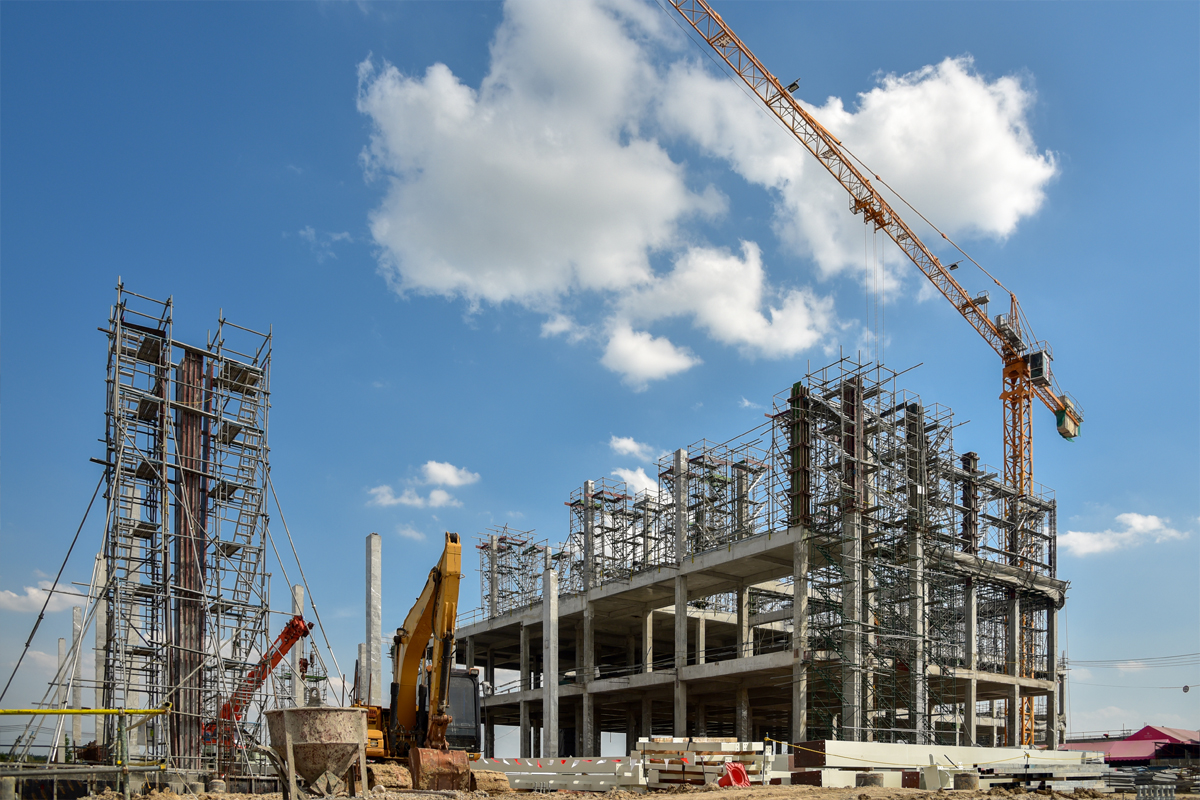
What Businesses Get the Most Value From Metal Buildings
Metal buildings have their roots in relatively modest commercial uses. Decades ago, these steel structures were largely considered a low-cost option for industries’ struggling to generate consistent profits. But, like many industries, the metal building sector incorporated the next-generation technologies we see all around us today. Steel buildings now rank — not only as a smart capital investment — but the best option for wide-reaching businesses.
What Makes A Steel Building Different?
Depending on the usage and design, a building can be framed with steel or be composed primarily of metal elements. These energy-efficient facilities can also employ brick, stone, and wood aspects while the structural integrity is derived from steel. Unlike wood and cinderblock-based buildings, steel provides the following advantages.
- Increased Flexibility
- Improved Durable
- Long-Lasting Strength
- Reduced Labor and Materials Cost
- Easily Customized
In many cases, a metal commercial building can be less expensive to insure based on lower replacement costs. These proven benefits are why industry leaders are shying away from other materials and going with steel.
Top Businesses that Benefit from Steel Buildings
The innovations embedded in metal buildings designs and materials made them seamless options for entire industries. For example, new warehouses almost exclusively rely on steel designs because they can be constructed more quickly than cinderblock. Every day that passes without a company generating revenue goes down in the books as a loss. To say spending more money for delays is counterproductive would be something of an understatement. That’s one reason why the following businesses gain enhanced value from steel.
- Factories: The manufacturing sector has specific challenges that metal building help overcome. Processing plants often combat pests and insects. Steel structures do not provide them with a place to reside. Clean architectural designs and open floor plans are more accessible and less labor-intensive to clean and maintain.
- Park Pavilions: Local municipalities struggle to use their taxpayer dollars in a way that pleases voters. Erecting attractive pavilions and supporting park buildings delivers leisure benefits that last. Decision-makers can embrace the opportunity to compare the cost of steel versus other structures and demonstrate they are frugal public servants.
- Agricultural Usages: Growers and ranchers typically require multiple structures to manage wide-reaching aspects of farming. Eco-friendly metal buildings provide more open square footage than stick-built alternatives. The need for fewer load-bearing walls allows growers and ranchers to set up the most efficient layout possible to maximize productivity. People in agriculture lower capital expenses and have the opportunity to modify their system as needed.
- Retail Outlets: Malls and mini-malls have traditionally been cinderblock structures that assume massive construction costs. Those days have passed, and investors now see the value of getting an operation up and running faster. Unlike brick and mortar commercial buildings, steel walls can be dismantled and moved to accommodate new lessors.
From large financial institutions to roadside greenhouses, every conceivable industry gains improved value from commercial steel building designs. That’s why the metal building sector continues to experience year-over-year growth.
Contact A Metal Roof Professional in New England
If you are considering a new commercial facility, commercial steel buildings save money, time, and remain an environmentally sustainable option. The experienced professionals at Dutton & Garfield install new metal roofs and retrofit existing buildings. Contact us at 603-329-5300 for a consultation today.
